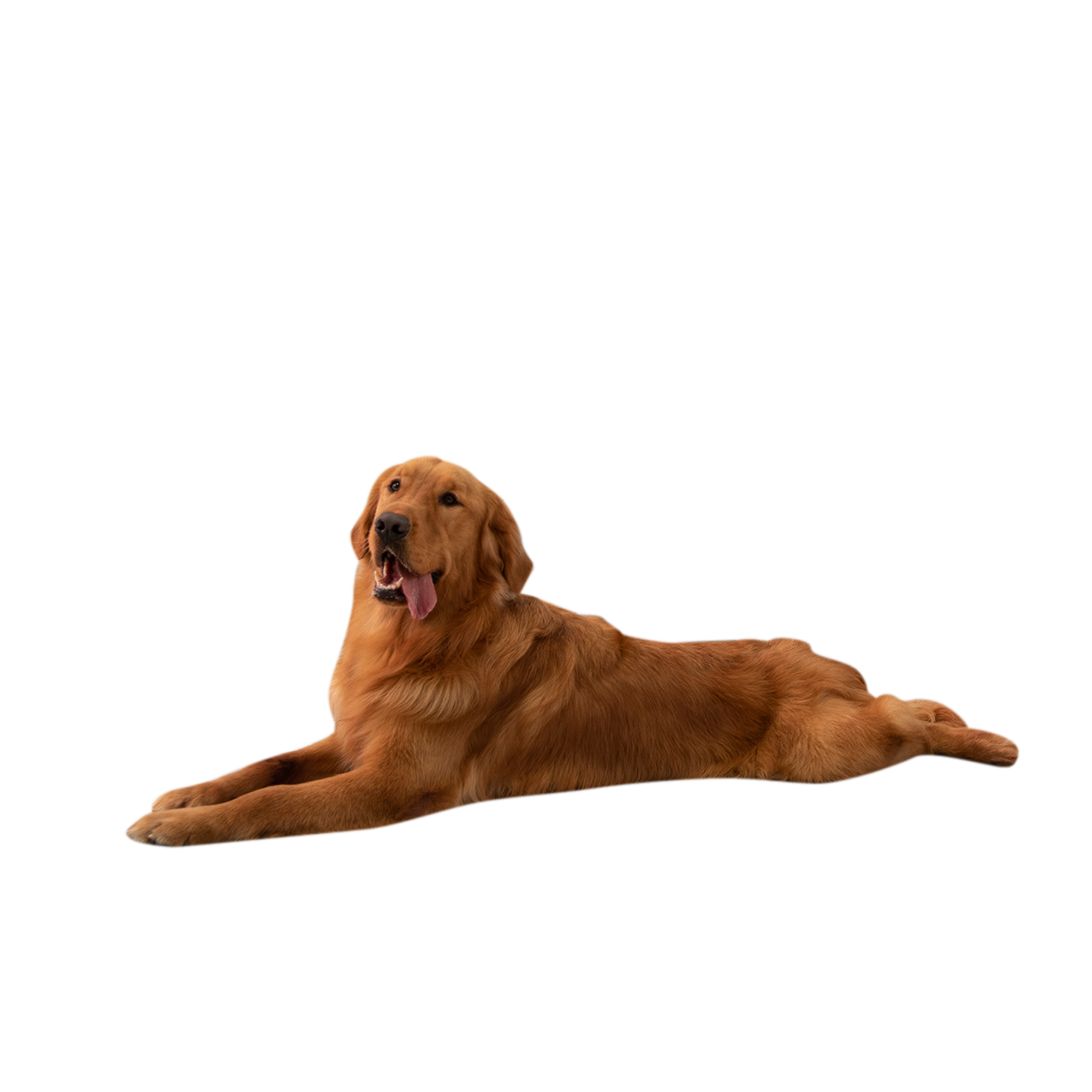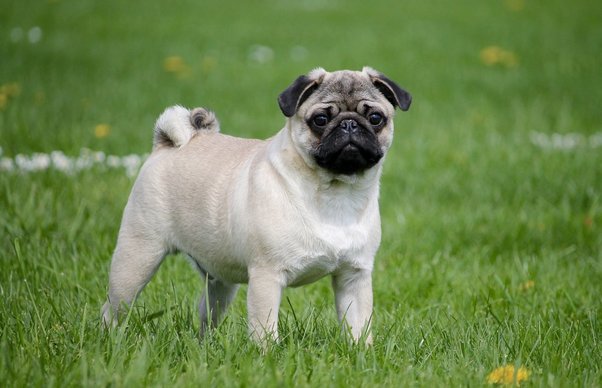Pugs are generally not easy to train due to their stubborn nature and independent mindset. They may require patience and consistent reinforcement during training.
Pugs are a popular breed known for their charming demeanor, distinctive appearance, and affectionate disposition. However, their stubborn nature can make training them a bit challenging. While they are intelligent and eager to please, their independent mindset may require a dedicated and firm approach.
By understanding their unique personality traits and using positive reinforcement, their training can be successful. With the right approach and consistency, pugs can become well-behaved and obedient companions. We will explore the characteristics of pugs, their trainability, and effective training techniques to help owners successfully train their pugs.
The Trainability Of Pugs
Pugs are known for their adorable appearance and affectionate nature. When it comes to trainability, they exhibit a mix of instinctual traits and temperament that influence their ability to learn. Despite their independent nature, Pugs can be responsive to consistent training due to their desire to please their owners. It is important to understand their instinctual traits and breed-specific behavior to tailor training methods. Pugs might display stubbornness, yet their affectionate and social nature can be advantageous in training. With patience and positive reinforcement, Pugs can learn commands and behaviors effectively.
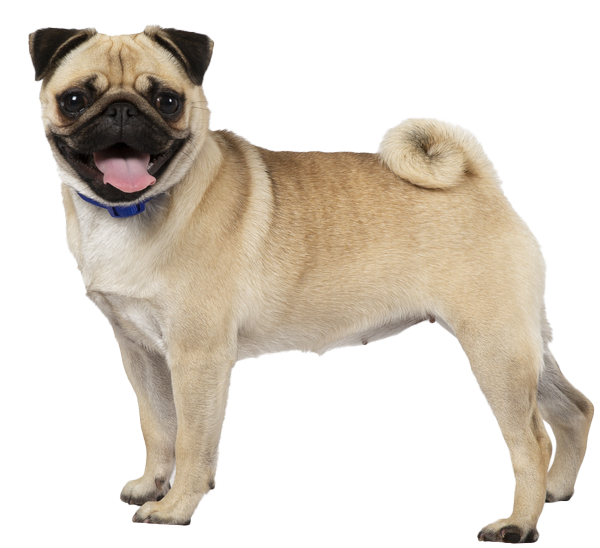
Credit: www.petplan.co.uk
Challenges In Training Pugs
Training Pugs can be quite challenging due to their stubbornness and short attention span. Pugs are known for their independent nature, making them less inclined to follow commands. Their stubbornness can often result in difficulties during training sessions. Pugs can also have a short attention span, which makes it harder for them to stay focused for longer periods.
It is important to keep training sessions short and engaging to hold their interest. Consistency and positive reinforcement are key when training Pugs. Using treats and rewards can help motivate them and make the training process more enjoyable. It is also important to remember that every Pug is unique, so training methods may need to be adjusted to suit their individual needs and personality.
Effective Training Methods
When it comes to training pugs, positive reinforcement is a highly effective method to ensure success. Pugs are known for their stubbornness, so using rewards and praise for good behavior is essential.
Consistency is key, as pugs respond best to routines and regular training sessions. By using consistent commands and techniques, you can help your pug understand what is expected of them.
During training, it’s important to remember to reward your pug immediately after they perform the desired behavior. This positive reinforcement will help them associate the behavior with the reward, increasing their motivation to repeat it.
Another important aspect of training is patience. It’s crucial to understand that each pug learns at their own pace. Being patient and understanding with your pug will create a positive learning environment and set them up for success.
Training Tools For Pugs
Clickers: Clicker training can be an effective way to teach pugs new commands. By using a clicker to mark desired behaviors, you can communicate with your pet in a clear and consistent manner.
Treats and Rewards: Pugs respond well to positive reinforcement, so using small treats or rewards can motivate them during training sessions. It’s important to use high-quality treats that your pug finds particularly appealing.
Training For Specific Skills
Pugs can be trained easily. For house training, consistency is key. Use positive reinforcement techniques. Socialization with other dogs and people is crucial for a well-rounded pup.

Credit: www.akc.org
Common Mistakes To Avoid
When considering training Pugs, avoid making common mistakes such as inconsistent routines and using harsh methods. Show patience and use positive reinforcement techniques to effectively train Pugs. With dedication and understanding, training Pugs can be a rewarding experience for both you and your furry companion.
Success Stories
Pug training success stories come from dedicated owners who are committed to teaching their furry friends. Many {{pug owners}} have shared their stories of overcoming challenges and forming strong bonds through consistent training methods. These stories demonstrate the intelligence and willingness of pugs to learn, offering inspiration to owners facing their own training journeys.
Experienced {{pug training experts}} emphasize the importance of positive reinforcement and patience when working with pugs, highlighting the effectiveness of these approaches in achieving successful training outcomes. By sharing these success stories, owners and experts alike can motivate and support one another in their efforts to train pugs effectively.
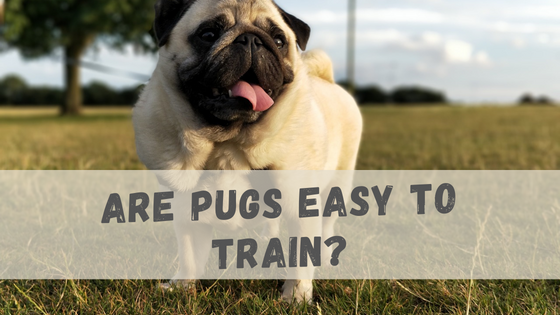
Credit: www.luckypug.com
Conclusion And Final Tips
Here is a summary of the key points to keep in mind when training your Pug:
| Key Point | Summary |
| Consistency | Be consistent in your training and use the same commands repeatedly. |
| Reward-based Training | Use positive reinforcement and rewards to motivate your Pug. |
| Patience | Be patient and understanding with your Pug’s learning process. |
| Short Training Sessions | Keep training sessions short and focused to maintain your Pug’s attention. |
| Clear Communication | Use clear and concise signals to convey your commands to your Pug. |
| Positive Environment | Keep the training environment positive and free from distractions. |
By following these tips, you can make the training process with your Pug more effective and enjoyable. Remember that each Pug is unique, so be patient and adapt your training approach to suit your dog’s individual needs. With consistent effort and positive reinforcement, you can successfully train your Pug and build a strong bond with them.
Frequently Asked Questions
Are Pugs Hard To House Train?
Pugs can be challenging to house train due to their stubborn nature and small bladder size. Consistent positive reinforcement and a regular schedule can help with the process.
Are Pugs Good Beginner Dogs?
Yes, pugs are good beginner dogs due to their friendly and affectionate nature. They are low maintenance in terms of grooming and exercise, making them suitable for first-time dog owners. Pugs are also adaptable to different living spaces and are generally easy to train.
Are Pugs Difficult Dogs?
Pugs are not typically difficult dogs, as they are affectionate, loyal, and good with families. However, they may have some health issues due to their flat faces.
Are Pugs High Maintenance?
Pugs require regular grooming, exercise, and attention, making them moderately high maintenance. Their short, wrinkled coat needs brushing to prevent shedding. They may also have breathing problems due to their flat face, so they require regular vet check-ups. Overall, pugs need a fair amount of care, but their loving nature makes it worth it.
Conclusion
While Pugs can be a bit stubborn, they are generally eager to please and respond well to positive reinforcement. Consistent training and patience are key to successfully training a Pug. With the right approach, you can teach your Pug to be well-behaved and obedient, making them a great companion for any family.
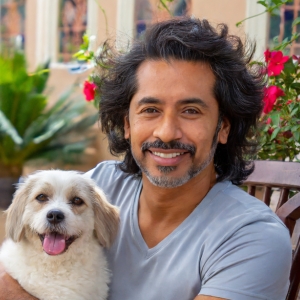
Hello, I’m Ethan Mitchell. My passion is dog training and behavior enthusiasts. With years of experience working with various breeds, my goal at Dog Advisor Pro is to help dog owners build strong, loving relationships with their furry friends through effective training techniques. Understanding a dog’s behavior is the key to harmonious companionship. I am dedicated to sharing practical training tips that improve the lives of dogs and their owners.

